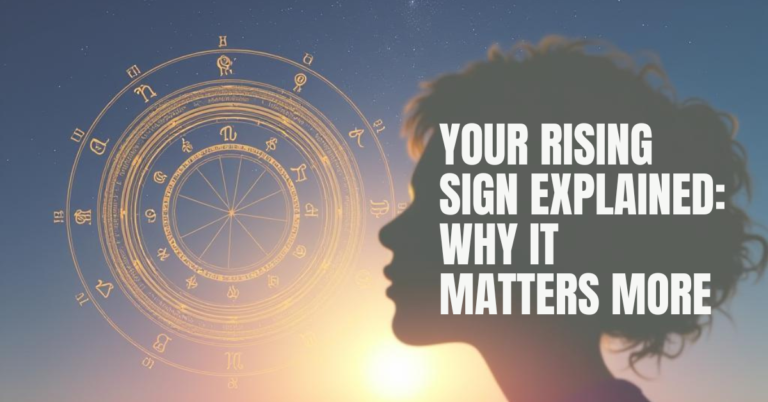
Daylight Saving Time 2024 When Do We Turn Clocks Back and Why It Still Matters
As we approach the fall of 2024, the familiar question arises: When do we turn our clocks back for Daylight Saving Time? This year, Daylight Saving Time (DST) officially ends on Sunday, November 3, 2024, at 2:00 a.m. This means that clocks will “fall back” one hour, giving most of us an extra hour of sleep that night. But why do we continue to make these time changes, and how did this practice come to be?
When Do Clocks Fall Back in 2024?
On Sunday, November 3, 2024, at precisely 2:00 a.m., we move the clocks back one hour, signaling the end of Daylight Saving Time. This annual adjustment is meant to shift daylight hours so that we can make the most of the shorter days during fall and winter. When clocks fall back, it means earlier sunsets and darker evenings, but brighter mornings.
For most people, smartphones and digital devices will adjust the time automatically. However, don’t forget to manually change any analog clocks, watches, or other non-digital devices!
The History of Daylight Saving Time
The concept of Daylight Saving Time has its roots in efforts to make better use of natural daylight. The idea was first introduced by Benjamin Franklin in 1784 in a humorous essay suggesting that Parisians could save money on candles by getting up earlier. However, it wasn’t until World War I that countries began implementing DST to conserve energy for the war effort. Germany was the first to adopt the practice in 1916, and other countries, including the United States, soon followed.
In the U.S., DST became widely used during World War II to conserve fuel and energy. After the war, it was largely left to states and local governments to decide whether to observe it. In 1966, the Uniform Time Act was passed, standardizing the start and end dates of Daylight Saving Time across the country.
Why Do We Still Have Time Changes?
The original goal of DST was to make better use of daylight during the longer days of spring and summer, reducing the need for artificial lighting in the evening hours. This was particularly beneficial in the early 20th century when energy conservation was crucial.
However, today the benefits of DST are often debated. Some studies suggest that it saves a small amount of energy, while others argue that the energy savings are negligible in our modern world, where energy use is more driven by things like heating, cooling, and electronic devices. Additionally, the disruption to sleep patterns and daily routines caused by time changes can negatively impact health, leading to an increase in accidents, heart attacks, and even workplace injuries right after the clocks shift.
Calls to End Daylight Saving Time
In recent years, many have questioned whether we should continue to observe Daylight Saving Time. Several U.S. states, including Florida, Washington, and California, have passed legislation to keep DST year-round, effectively eliminating the need to “fall back” or “spring forward.” However, these changes require federal approval to take effect.
In 2022, the U.S. Senate passed the Sunshine Protection Act, which would make DST permanent, meaning no more changing the clocks twice a year. Despite the initial momentum, the legislation has stalled in the House of Representatives, and no federal decision has been made yet. If enacted, this would mean an end to time changes in the U.S., with Daylight Saving Time being observed all year long.
How to Adjust for the Fall Time Change
For many, the fall time change is less disruptive than the spring forward. However, it can still throw off your internal clock. Here are some tips to adjust to the change smoothly:
- Ease into the shift by going to bed 15–30 minutes earlier a few days before the clocks change.
- Stick to a regular schedule for meals and exercise to help your body adjust.
- Get plenty of morning sunlight to help reset your internal clock and signal that it’s time to be awake.
- Avoid screen time before bed, as the blue light emitted by devices can interfere with your body’s ability to produce melatonin, a hormone that regulates sleep.
Conclusion
As November 3, 2024, approaches, the annual ritual of setting our clocks back an hour reminds us of the long-standing tradition of Daylight Saving Time. While it once served a crucial purpose in conserving energy, its relevance in modern times is debated. Whether the U.S. will eventually move to year-round DST remains to be seen, but for now, we continue to adjust our clocks twice a year and make the most of the changing daylight hours.
Be sure to mark your calendars for the fall back on November 3, 2024, and enjoy that extra hour of sleep!






